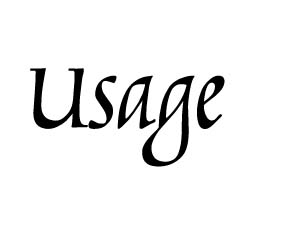What does Webster's mean by its usage labels "nonstandard" and "substandard"? That depends on when you ask. Webster's Third New International Dictionary (1981) distinguished the two as follows: "The stylistic label 'substand' for 'substandard' indicates status conforming to a pattern of linguistic usage that exists throughout the American language community but differs in choice of word or form from that of the prestige group in that community." The stylistic label 'nonstand' for 'nonstandard' is used for a very small number of words that can hardly stand without some status label but are too widely current in reputable context to be labeled substandard." Thus, in 1981, Webster's clearly took the position that "nonstandard" stood at an intermediate position between "standard" and "substandard."
In Webster's Eighth (1979) and Ninth (1991) New Collegiate Dictionaries,
however, the definitions were subtly different: "The stylistic label
'substand' for 'substandard' is used for those words or senses that conform
to a widespread pattern of usage that differs in choice of word or form
from that of the prestige group of the community." "The stylistic
label 'nonstand' for 'nonstandard' is used for a few words that are disapproved
by many but that have some currency in reputable contexts." Gone is
the explicit hierarchy of prestige from substandard to nonstandard to standard.
In 1994, Merriam-Webster published Webster's Tenth Collegiate Dictionary.
The descriptions of the "substandard" and "nonstandard"
labels remained the same as in 1991, but the examples provided to illustrate
them changed.
